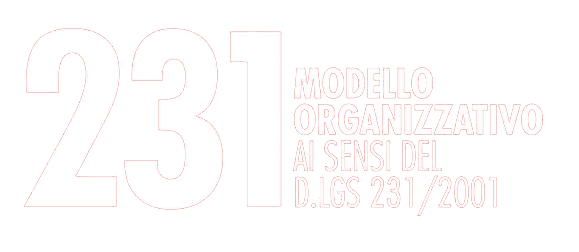The debate over the role of technology in language teaching has a long history. When we talk about learning technologies, we refer to CALL (Computer-Aided Language Learning), MALL (Mobile-Aided Language Learning), or more broadly, CMC (Computer-Mediated Communication).
This article focuses on analyzing the characteristics of CMC and the implications of its widespread adoption in global organizations.
What is CMC?
Computer-Mediated Communication refers to interactions between people that occur through the use of computers and digital technologies. This type of communication can be either synchronous (real-time) or asynchronous (non-real-time) and is utilized in various contexts, including education (Moodle or Blackboard), work (Microsoft Teams or Zoom), and social relationships (Facebook, Twitter, Instagram).
Digital technology, to quote Kranzberg and his “Laws of Technology,” “is neither good nor bad, nor is it neutral.” In this regard, the Cambridge Life Competencies Framework offers a comprehensive structure for integrating digital skills into teaching, emphasizing the importance of preparing students for the critical, safe, and responsible use of technology. This approach ensures that students not only acquire technical skills but also develop an ethical and critical understanding of technology’s impact on their lives and society.
CMC and Its Impact on Language Teaching
The inherent characteristics of CMC have significantly influenced the L2 (second language) learning model.
Firstly, CMC facilitates interactive communication between participants, promoting collaboration through tools like forums, chats, and video conferences. These channels enable active and dynamic participation from students, who can interact with each other and the teacher in real-time.
The adoption of highly collaborative tools for synchronous sessions, such as Microsoft Teams, fosters a horizontal learning environment that provides ample space for creative thinking and critical thought, positioning the student as the true protagonist of the learning process.
The teacher’s role transitions to that of a facilitator, a far cry from the structuralist approach prevalent until the 1960s, where learning focused on analyzing linguistic structures, and students learned grammatical rules systematically through pattern drills and recognition/production of grammatical rules.
CMC aligns more closely with the constructivist approach of the 1980s, which posits that L2 learning occurs through personal experience and social interaction, allowing students to learn the language through exploration and experimentation (Discovery Learning).
Additionally, CMC allows access to authentic resources (articles, newsletters, podcasts, forums) and makes these resources more accessible, as they become available without time and space constraints.
CMC offers simple and flexible access to educational resources and activities, enabling students to learn at any time and place. This is particularly useful for students who require personalized and tailored learning experiences. Regarding personalization, CMC technologies support a variety of communication channels (text, audio, video), catering to the diverse learning styles of students. This approach enhances engagement and comprehension of content because, as Balboni (2012) states, learning styles can vary widely from individual to individual: inductive, collaborative, visual learning, experiential and multimodal, autonomous and self-reflective, formal or informal.
For newer generations, CMC harmonizes with the characteristic agency that defines the learning mode of many individuals recently entering the workforce.
Agency implies active participation in the learning process and the ability to make informed decisions about one’s education, such as choosing study strategies, setting learning goals, and reflecting on one’s progress.
Moreover, due to the nature of the virtual environment, CMC helps lower the affective filter, creating a safe learning environment that encourages even the most introverted and reluctant learners to participate in interactive activities.
To encourage reflection and debate on these topics and stimulate peer learning, starting from September 2024, we will launch a series of training sessions at Yellow Hub Academy, focusing on integrating Cambridge Lifelong Learning Skills into teaching, using collaborative documents in the classroom, and the educational use of videos and smartphones.
Stay tuned and follow us on LinkedIn!















